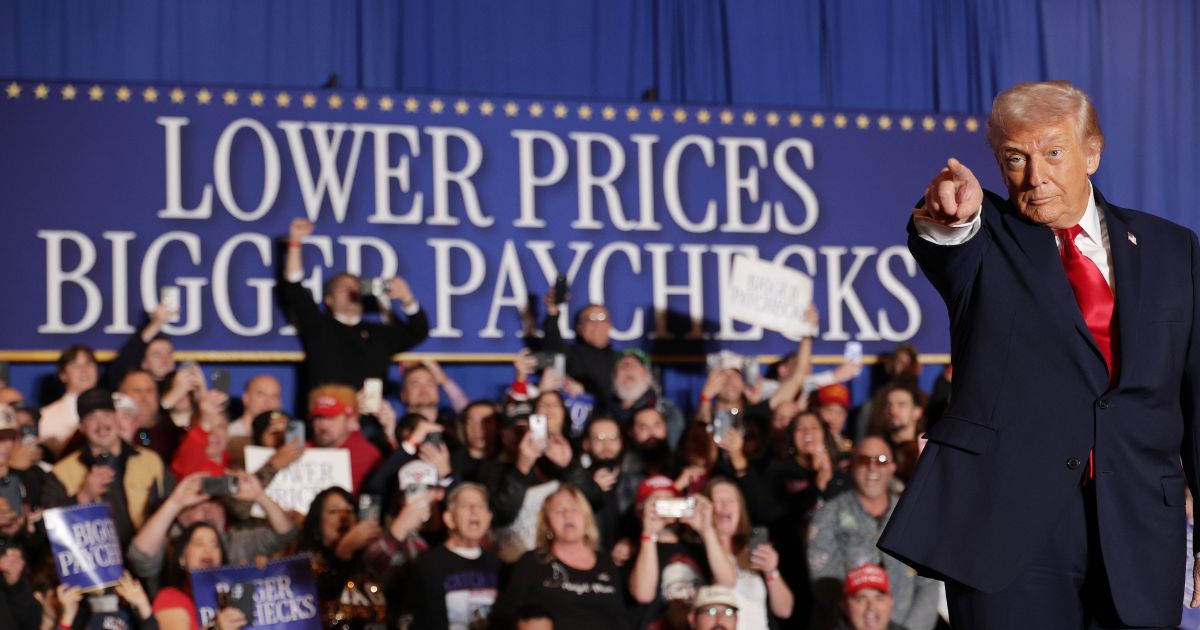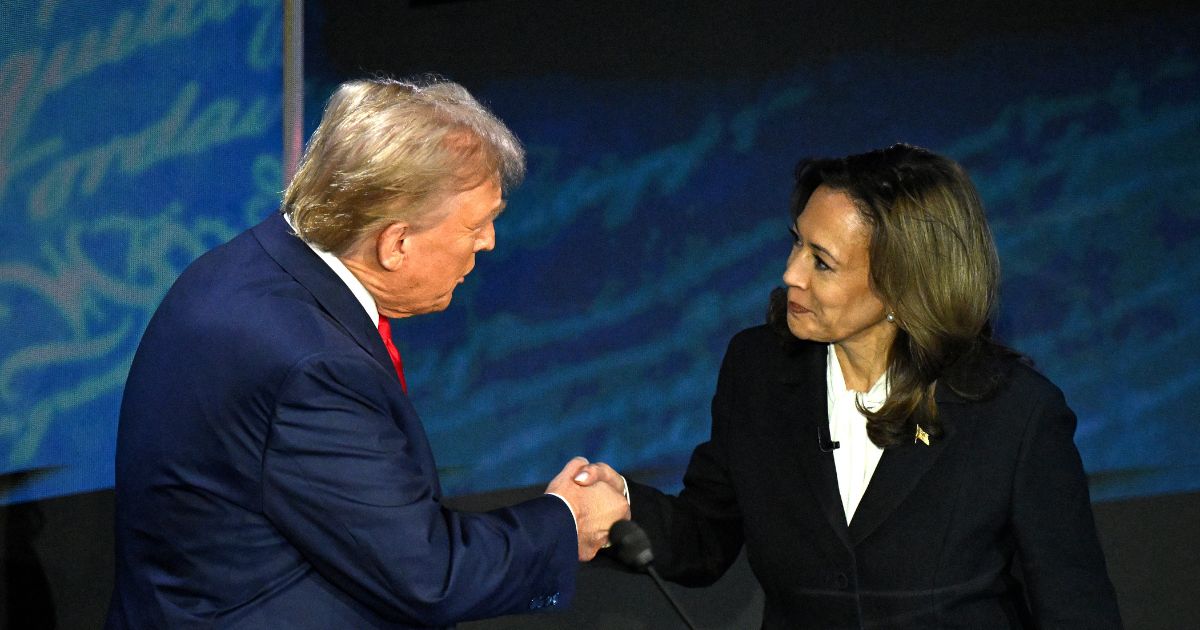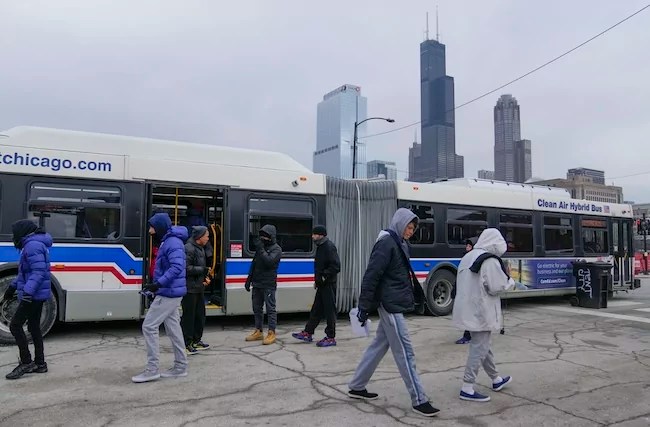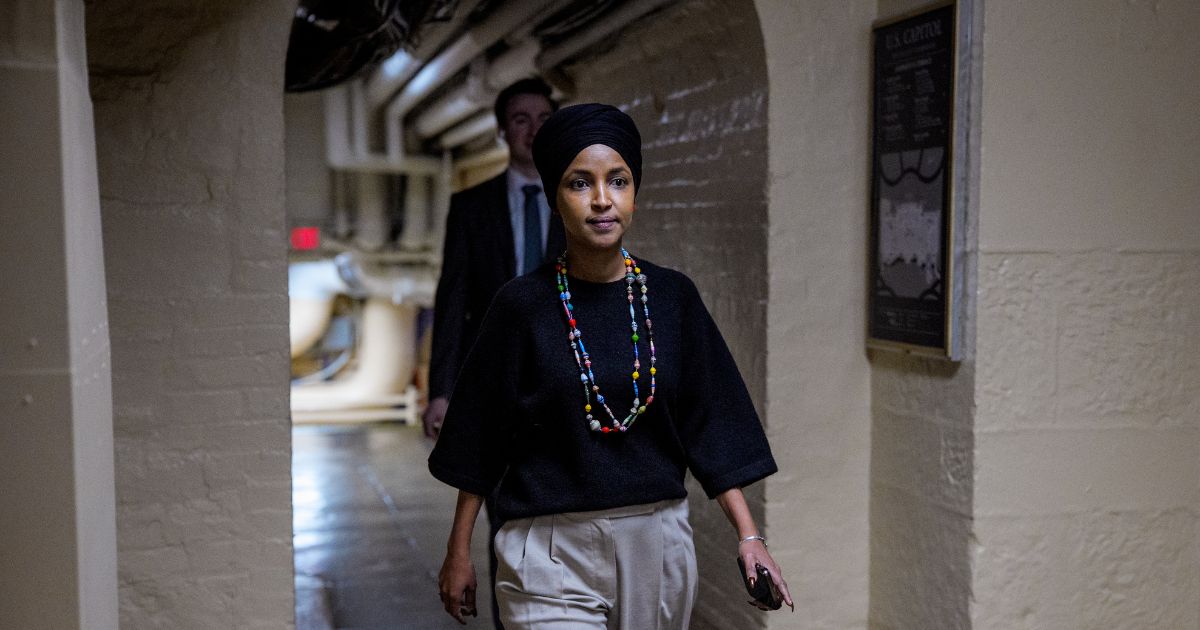Wake up with the Washington Examiner: New senators and tariffs – Washington Examiner
The article from the Washington Examiner discusses the political landscape following recent elections, highlighting the induction of twelve new senators—six from each party—into the U.S. Senate. The focus is on the differing perspectives between the incoming Republican and Democratic senators. Republicans are eager to leverage their newfound majority after years in the minority and are preparing to challenge President Biden’s agenda. Conversely, Democrats are expressing confidence in their diverse group of new senators despite being outnumbered.
The article emphasizes the strategic shifts made by the National Republican Senatorial Committee, which has recruited new candidates to regain Senate control, learning from previous election setbacks. It also delves into the implications of President Trump’s planned tariffs on goods from Canada and Mexico, which have raised questions about his unilateral power to impose such measures and the potential economic impact on trade relationships.
the piece captures the anticipation and complexities of the new congressional session, including the challenges both parties face in navigating legislative priorities in a divided Senate and the looming tariff decisions that could shape economic relations with key partners.
Wake up with the Washington Examiner: Meet the new senators and get caught up on what those tariffs mean
Setting up the new Senate
This cycle was always going to be about who won the White House. Every four years, the House and Senate contests are going to take a back seat to the race everyone feels like they must participate in.
Republicans weren’t swimming against that tide, but outgoing Republican Leader Mitch McConnell (R-KY) and company had 2024 circled on their calendars as their best chance to regain control of the Senate. They had an opportunity two years ago to chip away at President Joe Biden’s control of the government and watched it slip through their fingers when a crop of subpar candidates struggled to win competitive races.
This year, the National Republican Senatorial Committee switched up its tactics, recruited new faces, and hit Democrats right where it hurt the most. Downballot candidates were not as successful as Trump, who won all seven swing states compared to the senators who picked up wins in four of the six contests they saw openings. But those victories were enough to give the GOP a three-seat majority and grease the skids for Trump to get to work.
There are 12 new senators coming to Washington next year, six from each party, and our Senate reporters, Samantha-Jo Roth and Ramsey Touchberry, caught up with all of them when they were in town for new member orientation.
The focus from each group of senators is slightly different, as might be expected.
Republicans are excited about their chance to flex their muscle after spending the last four years in the minority. Democrats under Biden, who also had a friendly House for the first two years of his tenure, approved huge spending legislation along party lines through reconciliation. Now, that tricky budget maneuver is something Republicans can use to trim regulations and work around Democratic opposition to their agenda.
Four of the incoming senators turfed Democrats from their seats, whether they were choosing not to run, as Sen. Joe Manchin (I-WV) did, or in hard-fought contests that sharpened the political knives that they will be expected to pull out, even if the upper chamber is more collegial than the House.
Sen.-elect Bernie Moreno (R-OH) will even have some added responsibility shortly when he becomes the senior senator from his state as soon as he takes office, as Vice President-elect J.D. Vance (R-OH) has to resign his seat.
Democrats are touting the diversity of their new recruits, who are walking into a government dominated by the opposition, and where they will have to find out what it means to govern from a position of weakness.
Despite the disadvantages of working in opposition, Democratic Leader Chuck Schumer (D-NY) said he is confident that the “cross-section of life experiences and perspectives” is going to set up an opportunity for all of the new members to “flourish.”
Several of the new Democratic senators are Washington veterans.
Sen.-elect Adam Schiff (D-CA) made a name for himself as a fierce Trump foe during the then-president’s first impeachment.
Also coming across the building from the House is Sen.-elect Ruben Gallego (D-AZ), who might have put the nail in Kari Lake’s political coffin by handing her her second loss in as many cycles.
Click here to read more about the new senators poised to help and hurt Trump’s agenda.
Tariff trouble
It did not take even a month for Trump to make good on his promise to start slapping tariffs on trading partners to leverage concessions he wants. On the campaign trail, he talked about what a “beautiful” word tariff was. He railed against trade deficits and promised he would toss around America’s weight on the world stage to get his way.
The first targets of his tariff regime were, literally, the country’s closest trading partners. On Monday night, Trump promised to put 25% tariffs on all goods coming into the country from Canada and Mexico.
It was not a total surprise move from the president-elect, who used trade as a cudgel against both nations during his first term and crowed about his success in reforming the North American Free Trade Agreement in a way to better suit the United States.
But the move still raised questions about whether he was allowed to move unilaterally and why he included Canada when his primary concern appeared to be about illegal drugs and immigrants flowing into the country — a problem associated more with the southern border than the north.
Economics and business reporter Zach Halaschak has put together a handy guide to answer those questions and help make sense of the tariff moves already underway and explain how to think about the moves still to come, as Trump has promised that more tariffs on China are on the horizon.
Trump’s win cannot be chalked up to concerns about the southern border, but the chaos there played a huge role, and exerting pressure on Mexico to do more to stem the tide of illegal movement of people and drugs across the border was expected. The problems at the northern border are not at the same scale as those on the southern border, but Trump’s “border czar,” Tom Homan, is not ignoring either port of entry.
Homan, Zach writes, is concerned that the southern border is acting as a drain on resources that is turning the northern border into a “huge national security issue” — possibly sparking its inclusion in Trump’s Day One action.
Bill Reinsch, a trade policy expert with the Center for Strategic and International Studies who served for 15 years as president of the National Foreign Trade Council, also told Zach that the looming expiration of the United States–Mexico–Canada Agreement could be playing a part in Canada’s inclusion.
But can Trump act without Congress to restrict trade with our biggest partners?
Trump has a couple of ways he can force the tariffs through — by declaring an international economic emergency or by arguing that the illegal immigrants and drugs entering the country constitute a national security threat.
He could also be using the threat of tariffs as a proverbial stick to force Canada and Mexico to put plans in motion to crack down on border security before he returns to office and can start putting his money where his mouth is.
Click here to learn more about Trump’s tariff plans.
New from us
Democrats can begin rebuilding their brand with permitting reform
How the Israel-Hezbollah war will end
Trump to give women bigger seat at the table in second term
Billionaire Hansjörg Wyss ups giving to Democratic dark money-tied news network
Trump Cabinet recruits and outstanding House races could complicate first 100-day agenda
Trump border czar draws red line in feud with Democratic mayors
In case you missed it
Kathy Hochul doesn’t want to go to jail
Gavin Newsom is worried about crime now
Trump dumped a load of new nominees last night
Watch this space
Next week, we will be releasing a special deep dive video of Washington Examiner commentary writer Tiana Lowe Doescher‘s visit to the southern border to uncover the economic border crisis in Laredo, Texas. She visited the World Trade Bridge to uncover how U.S. Customs and Border Protection is using the latest technological advances to help inspect cargo coming into the U.S. through Mexico. During the trip, she talked to private citizens about how they are assisting the Border Patrol to keep illegal immigrants from crossing into the U.S. The series will begin streaming on YouTube at 5 p.m. Monday, or you can watch the full documentary exclusively in our Washington Examiner digital magazine.
For your radar
President Joe Biden has nothing on his public schedule.
Vice President Kamala Harris has nothing on her public schedule.
" Conservative News Daily does not always share or support the views and opinions expressed here; they are just those of the writer."




